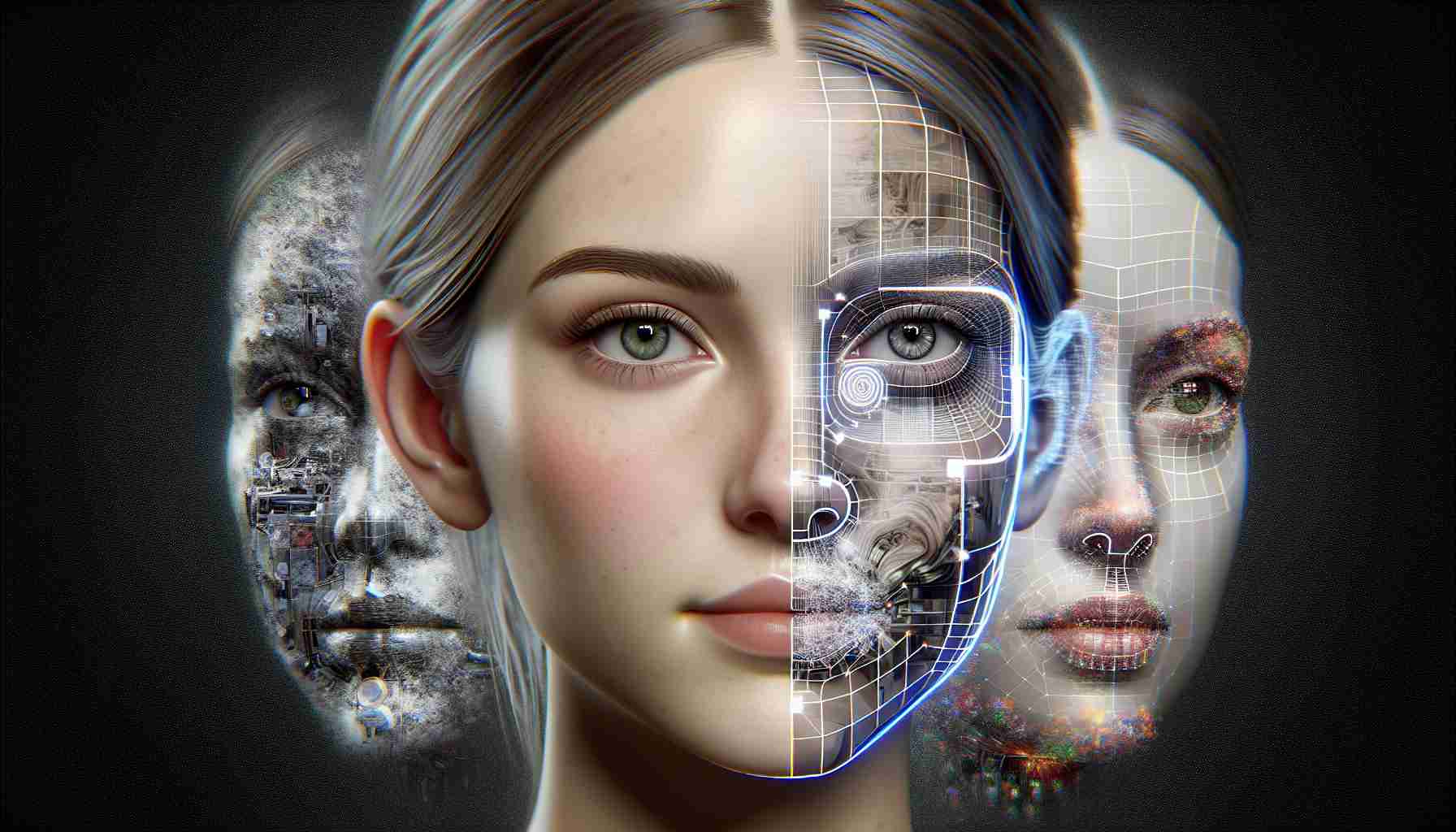Deepfake technology has revolutionized the way we consume digital content. What was once a complex and expensive process has now become easily accessible to anyone with minimal skill sets. Deepfakes are digitally altered videos, audios, or even text that have the potential to deceive viewers by convincingly impersonating famous personalities, politicians, or everyday individuals. While the majority of deepfakes currently available online are pornographic in nature, the technology has expanded to include face replacement, face reenactment, face generation, and speech synthesis.
Deepfakes first gained recognition in 2014 with the development of generative adversarial networks (GANs), which form the basis of deepfake technology. These networks pit a generator against a discriminator, with the former attempting to create a convincing deepfake and the latter trying to detect its authenticity. Over the years, deepfakes have become more sophisticated and easier to produce, thanks to the availability of free tools and low expertise requirements.
The ramifications of deepfakes are far-reaching and pose significant ethical and societal implications. Impersonation of public figures, including politicians and celebrities, has become a common trend. However, deepfakes are not limited to entertainment purposes. Scammers have taken advantage of this technology to impersonate individuals, leading to financial losses for businesses and private citizens alike. Furthermore, the absence of comprehensive legislation and ethical guidelines has allowed deepfake technology to advance without restraint.
While some researchers argue that deepfakes can be used for harmless entertainment or educational purposes, the potential for misuse remains concerning. The deeply convincing nature of these manipulated media can easily deceive and misinform the masses, creating a fertile ground for misinformation and propaganda.
Efforts to combat deepfakes have been inadequate, with legislation and technological solutions providing only partial remedies. As the technology continues to evolve, it becomes crucial for policymakers, technology developers, and society at large to address the ethical and societal challenges surrounding deepfakes. Awareness and education about deepfakes are essential to empower individuals to discern real from fake in the increasingly complex digital landscape.
As we navigate this deepfake world, it is imperative that we stay vigilant and critical in our consumption of media. Trust becomes a valuable commodity, and it is up to us to verify the authenticity of what we see and hear. Only by working together can we hope to mitigate the potential harms of deepfake technology and safeguard the integrity of digital reality.
FAQ (Frequently Asked Questions) – Deepfake Technology
1. What are deepfakes?
Deepfakes are digitally altered videos, audios, or text that deceive viewers by convincingly impersonating famous personalities, politicians, or everyday individuals. They use advanced technology to manipulate and generate content that appears to be real but is actually fake.
2. When did deepfakes first gain recognition?
Deepfakes gained recognition in 2014 with the development of generative adversarial networks (GANs), which form the basis of deepfake technology. These networks involve a generator and a discriminator, where the generator creates convincing deepfakes and the discriminator tries to detect their authenticity.
3. How have deepfakes evolved over the years?
Deepfakes have become more sophisticated and easier to produce due to the availability of free tools and low expertise requirements. Initially, they were primarily pornographic in nature, but the technology has expanded to include face replacement, reenactment, generation, and speech synthesis.
4. What are the ramifications of deepfakes?
The ramifications of deepfakes are far-reaching and pose significant ethical and societal implications. They can lead to the impersonation of public figures, scammers utilizing the technology for financial gains, misinformation, and propaganda. The absence of comprehensive legislation and ethical guidelines has allowed deepfake technology to advance without restraint.
5. Can deepfakes be used for harmless purposes?
Some argue that deepfakes can be used for harmless entertainment or educational purposes, but the potential for misuse remains concerning. The convincing nature of deepfakes can easily deceive and misinform the masses, creating fertile ground for misinformation and propaganda.
6. How can deepfakes be combated?
Efforts to combat deepfakes have been inadequate, with legislation and technological solutions providing only partial remedies. It is important for policymakers, technology developers, and society as a whole to address the ethical and societal challenges surrounding deepfakes. Awareness and education about deepfakes are crucial in empowering individuals to discern real from fake in the digital landscape.
7. What should individuals do to protect themselves from deepfakes?
In the deepfake world, it is important to stay vigilant and critical in the consumption of media. Trust becomes a valuable commodity, and individuals should verify the authenticity of what they see and hear. By working together, we can hope to mitigate the potential harms of deepfake technology and safeguard the integrity of digital reality.
Key Terms:
– Deepfakes: Digitally altered videos, audios, or text that convincingly impersonate individuals.
– Generative Adversarial Networks (GANs): Networks that pit a generator against a discriminator, used as the basis for creating deepfakes.
– Misinformation: False or inaccurate information that is spread, often unintentionally, leading to incorrect beliefs or conclusions.
– Propaganda: Information, ideas, or rumors that are spread to influence public opinion, often with a political or ideological agenda.
Related Links:
– Deepfake Detection: Information and resources on detecting deepfakes.
– BBC – The Show that Never Was: An article discussing the impact and risks of deepfake technology.
– Electronic Frontier Foundation – Deepfakes: Resources and advocacy on issues related to deepfakes.
The source of the article is from the blog exofeed.nl

